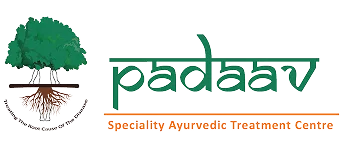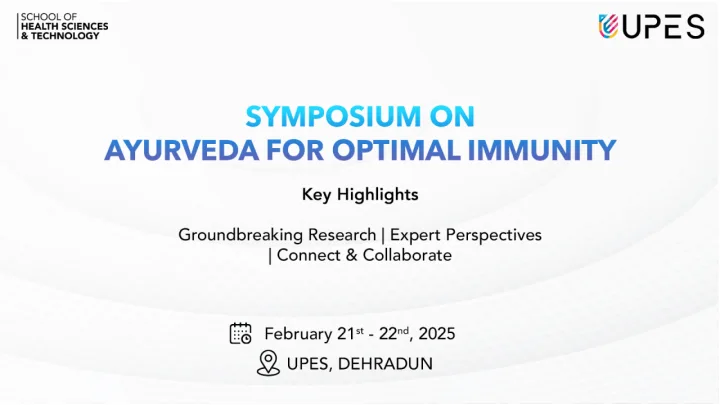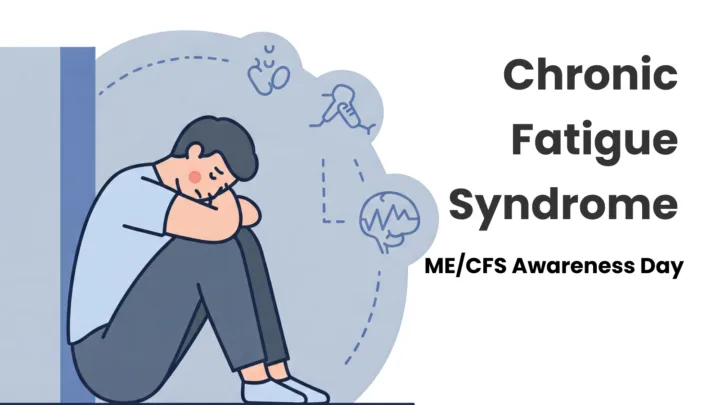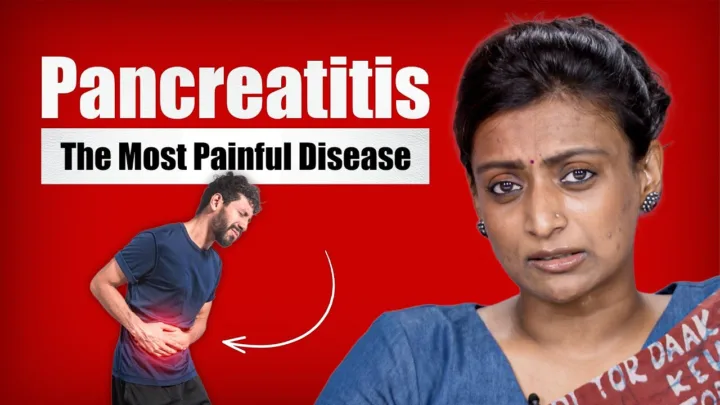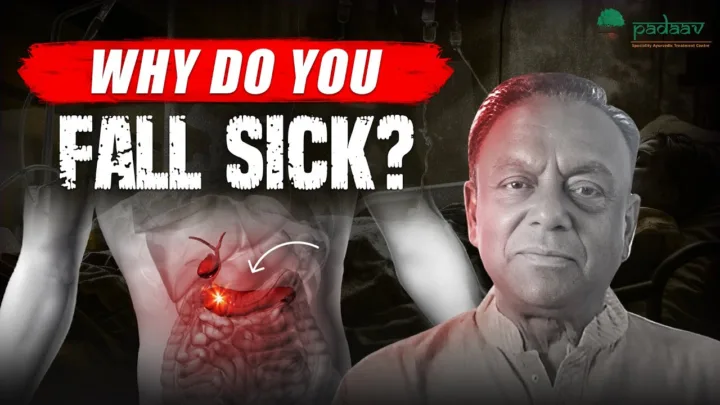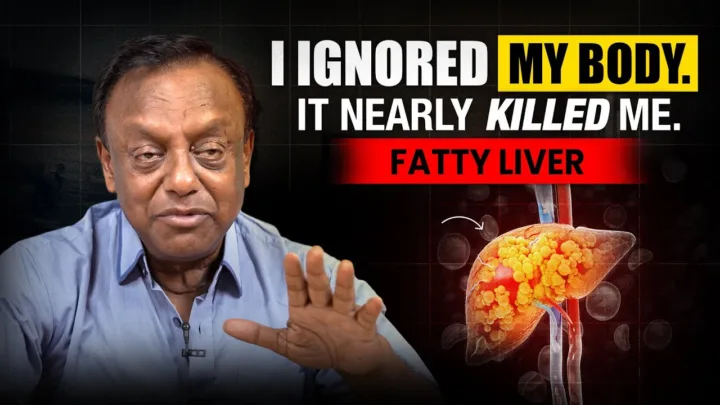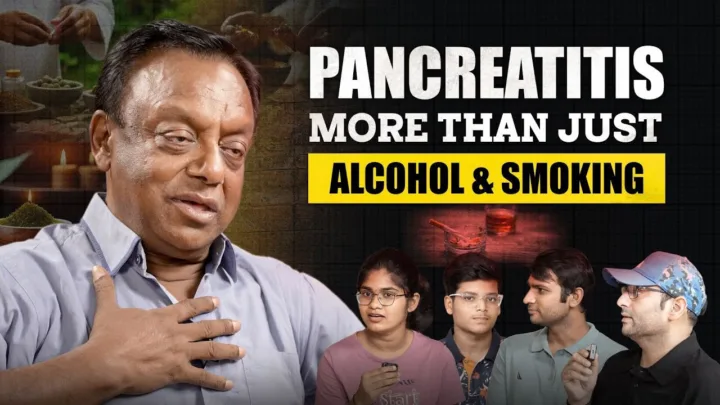From Traditional Knowledge to Modern Solutions
I am Vaidya Balendu Prakash, born into a family of traditional Ayurvedic practitioners. I pursued a Bachelor of Ayurvedic Medicine and Surgery (BAMS) and continued practicing Ayurveda, creating medicines rooted in its traditions. Treating patients with medicines based on Rasa Shastra (alchemy of Ayurveda) is both my passion and profession.
Today, I want to discuss Pancreatitis—a devastating and life-threatening disease that affects not only the body but also the mind and financial stability of patients. Although ancient Ayurvedic texts do not mention this disease, my journey and experiences have enabled me to treat it effectively. This story begins with my father, the late Vaidya Chandra Prakash Ji.
My Father’s Unique Experiment
In the 1970s, my father began experimenting with copper, mercury, and sulfur to create a special medicine. According to Ayurveda, mercury is considered Shiva, sulfur is Parvati, and copper is the medium for their union. Using cow dung cakes as fuel due to limited resources, he embarked on this remarkable journey to create a unique formulation. Despite limited means, he worked tirelessly, often sacrificing basic comforts, and maintained a disciplined lifestyle while perfecting his craft.
The First Success: Treating Pancreatitis
In 1972, a man from Punjab, diagnosed with advanced cancer and given no hope by PGI Chandigarh, came to meet my father in Meerut. His condition was critical, with a bloated stomach and emaciated body. Seeing his dire state, my father initially hesitated, fearing the outcome. However, after the family’s persistent requests, he reluctantly administered a dose of his experimental medicine—a medicine he had not yet given to anyone. Within 15 minutes, the patient experienced relief and hunger for the first time in days. Seven days of treatment showed a miraculous recovery.
The patient’s recovery was seen as divine intervention by his family, who attributed it to their faith. This incident marked the first evidence of the efficacy of my father’s medicine. Word spread rapidly, and patients from Punjab and beyond began arriving in Meerut for treatment.
My Contribution and Reviving Ayurvedic Medicine
In 1980, my father suffered a mild paralysis attack, which slowed his work. As he became disheartened, I began reviewing his old diaries, filled with detailed notes on his experiments. One particular entry mentioned the use of unique copper coins found during excavation, which piqued my interest. This led me to restart the process he had pioneered. By 1983, we had rediscovered and refined the formulation.
After my father’s passing in 1984, I dedicated myself to improving the production and efficacy of the medicine. While studying and practicing Ayurveda, I also focused on understanding why earlier attempts had failed, learning that the quality of raw materials and precise methods were critical.
Blending Science with Tradition
In 1997, I began systematically documenting data from Pancreatitis patients. Our findings over the years were astounding: 93% reduction in emergency attacks and 95% reduction in hospitalizations. These results reinforced the importance of combining traditional knowledge with modern evidence-based practices.
Leveraging Modern Tools
To address inconsistencies in production, I procured specialized equipment from Cambridge. This allowed us to measure the particle size of the medicine. It became clear that while my manual preparation resulted in a particle size of 5 microns, medicines prepared by others had particle sizes as large as 11,000 microns, making them ineffective. This insight led us to develop stringent quality control measures, including extended grinding times and precise temperature management during processing.
We also collaborated with the Indian Institute of Science, Bangalore, to analyze the sequential chemical changes in the formulation. Their findings confirmed that our medicine contained no free metals—all toxic components were transformed into a safe, bioavailable mineral complex, making the medicine both effective and safe.
Government Recognition and Patent
In recent years, our medicine received a patent from the Government of India. This is a monumental achievement, as it is the first Ayurvedic formulation in India and the second globally to earn this recognition. The patent serves as both a validation of our efforts and a testament to the efficacy of Ayurveda when combined with scientific rigor.
Future Goals
My ultimate goal is to further integrate scientific validation with Ayurvedic principles to refine this medicine. I hope to see this research bring global recognition to Ayurveda, perhaps even earning a Nobel Prize for India. While the journey is arduous, the growing support from collaborators and institutions strengthens my resolve to achieve this dream.
Conclusion
This journey, which began in a modest Ayurvedic family, has now gained global recognition. It highlights the immense potential of Ayurveda when combined with modern science. The Ayurvedic treatment for Pancreatitis is not only a breakthrough for India but also a gift to the world. With continued efforts, we aim to bring hope to countless patients and set an example of innovation rooted in tradition, creating a legacy that will endure for generations.
